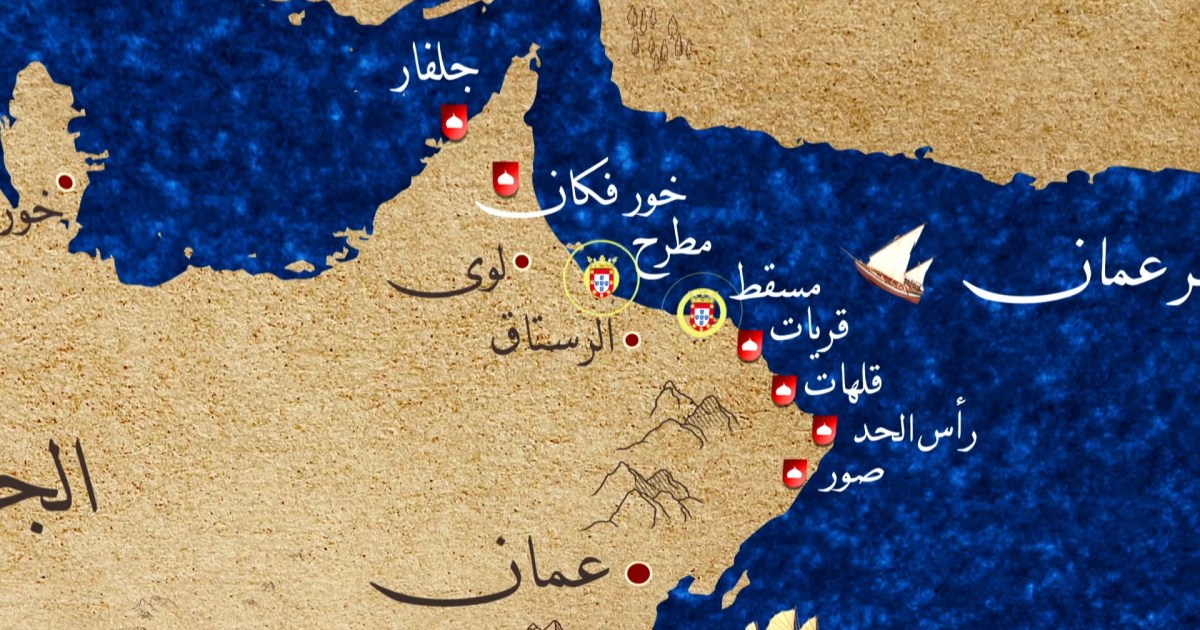It also included a number of ports on the western coast of Iran, as well as the coast of Oman, later known as the truce coast of Oman, which now includes the United Arab Emirates.
In addition to the current port of Gwadar in Pakistan, the empire encompassed all of the eastern African coast to the borders of Mozambique.
Since the first century AD, many Yemeni tribes immigrated to Oman, according to Jeremy Jones, an advisor to the Oxford Center for Islamic Studies, that Oman is historically the only country in the region, as there were only two countries in the Arabian Peninsula, Oman to the east and Yemen to the west.
Jones added that the other countries in the region are all very young. This is what was emphasized by Muhammad bin Saeed Al Hajri, a member of the Shura Council in the Sultanate of Oman, who said that Oman is a political entity with a verified state, capital and people since ancient times.
For his part, Ahmed bin Saud Al-Siyabi, Secretary General of the Omani Fatwa Office, explained that in the past there was no Arab kingdom except Oman. He pointed out that the rest of the Arabs were in the form of principalities, even if they were sometimes called kings.
The program also monitored the arrival of the Portuguese to the coast of Oman in 1507, and in less than two years the Portuguese occupied the ports and coastal cities in the country, and in this regard, Al-Siyabi described the Portuguese colonization of Oman as the ugliest colonialism known to mankind, because it relied on violence, burning and extermination, and it also worked to completely destroy Omani cities. .
But the Omani owners of ancient civilization were able to expel the Portuguese and burn their ships, leading to the liberation of Muscat and the elimination of the Portuguese presence.

